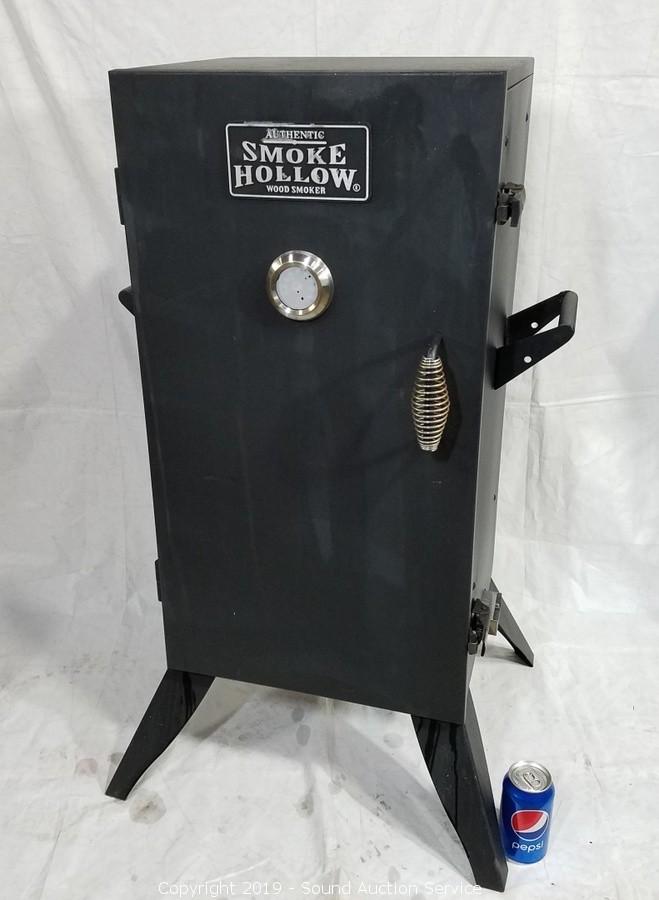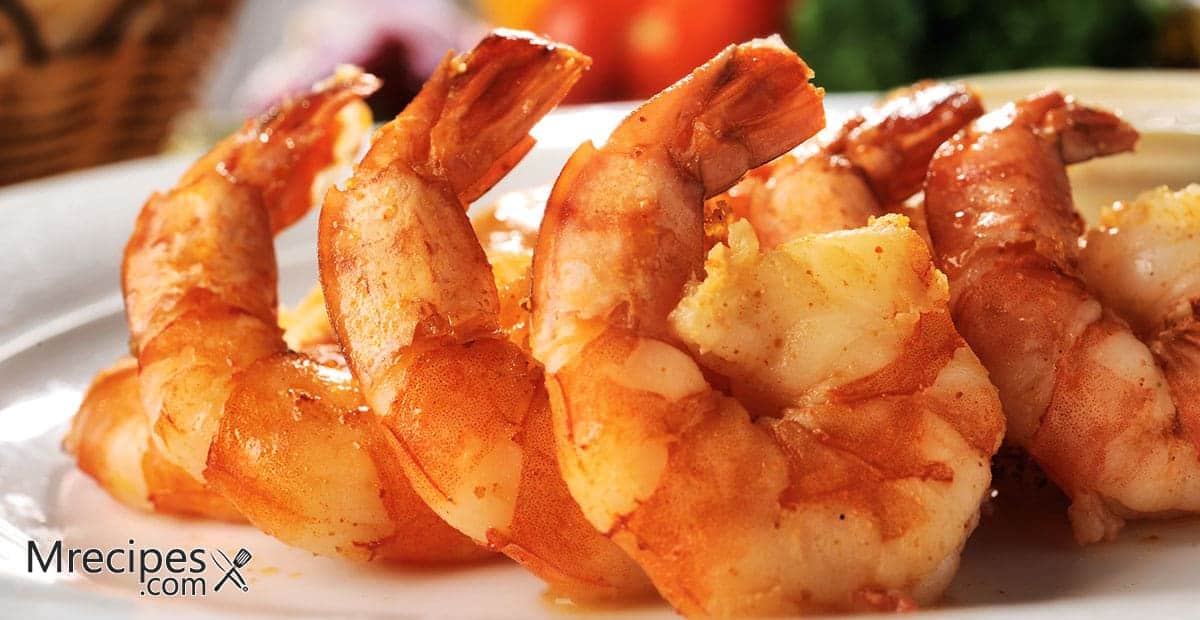
Seasoning is essential to prolong the life of your smoker. This process helps to burn off contaminants that can infuse harmful chemicals into your food. Cooking oil can also be used to season the smoker. You can use wood chips as well as cooking oils in your smoker. You should use cooking oil with a high smoking point. You can find more helpful tips in this article.
Oils that have a high smoke point
You will need to know what the smoke point is of the oils that you use to season your smoker. The smoke level is the temperature at a point where oil does not act as a grease. The oil will then have formed harmful substances that could cause cancer. The oil will make it difficult for food to slide off the grill and taste foul. Season your smoker with oil that has a high smoke-point.
You should choose olive oil with a higher smokepoint if using it in your smoker. Other vegetable oils, such as olive oil or grapeseed, can also be used. Grapeseed oil is 16% monosaturated, making it easy to clean up grease in one swipe. But, animal fats such lard or bacon grease can be used. These alternatives will not impact the taste or appearance of your barbecue, and don't leave any weird aftertaste in the mouth.
If you are not familiar with oils with high smoke points, you can try using neutral oils instead. These oils have a high smoke level and are good for frying and sauteing. These oils aren't known for their strong flavor, and they can quickly go rancid. They are generally cheaper than highly refined oils. You must still use a high-quality oil when seasoning your smoker.
Selecting the best oil
The quality of your food depends on how the oil is used in your smoker. Burnt meats could result if the oil you use is not right. High heat can cause oils break down and release chemicals. This can give your food a burned taste. Overheated natural fats can release free radicals that can damage your cell's cells. For your smoker, it is important to choose high smoke-point oil. There are many types of cooking oils available: canola oil and red palm sunflower oil; flaxseed oil; even bacon fat or suet.
The smoke point of an olive oil can have a direct effect on the taste and texture of your food. It also affects the cooking time and temperatures. The best oil for your cooking will enhance the flavor of your meals and make them healthier. To select the right oil for your smoker, follow the tips below. The results will not disappoint! It's not necessary to get lost in the unknown.
A high-quality cooking oil that has a high flame point is the best oil for seasoning your smoker. This is crucial because oil that has been heated will become hardened and leave a protective coat. But, you can still use cooking oils. You can buy spray cans and cook with other oils. You can spray cooking spray on the smoker to prevent spills. Also, wipe the oil with a soft towel.
Use wood chips

Wood chips can be used as a smoker seasoning. This is one of the easiest and most economical ways to add smoke flavor to your food. Place chips in a smoker tray until they're full. After the smoker has been in for enough hours, you can add smoke flavor. If you have a gas smoker, wood chips will need to be added approximately every two hours. You can also purchase prepackaged flavor wood chips to add to your smoker.
Wood chips can only be used if they have been soaked in water. Without moisture, wood chips won't ignite and impart flavor to your food. Even though chunks are not required to soak, they burn slower and produce less smoke. Soaking will slow down the start time and prolong the taste of your food. Once the wood chip has been soaked, just place them in a bowl filled with water and let them sit for about 30 minutes.
While oak wood chips are great for beef, chicken, and pork, cherry is best for seafood and light meats. This wood can also be used to make chicken and seafood. Mixing cherry and oak chips will add more flavor to your dish. You can also try mixing and matching different kinds of wood chips, depending on the type of meat you're cooking. It's important that you choose wood chips that compliment the type and style of meat you're smoking.
Apple juice
You can enhance the flavor of your ribs by adding some apple juice. An alternative to using apple juice is orange, pineapple, and white grape juice. Apple cider vinegar and leftover cooking liquids are also good alternatives to apple juice. Plain water and beer are also great alternatives to apple juice. While apple juice may enhance the taste of ribs with its acidity, it is not quite as acidic as lemon.
To make apple juice for ribs, place a foil pan on top of the smoker. Add half a cup sugar. Once the mixture is ready, fill a spray bottle with the mixture and use it every half hour until the ribs are tender. The apple juice will soften the meat, making it moist. You can also use a finger-licking bbq glaze to accomplish the same task.
A second way to add flavor to pork is by injecting the juice into the meat. It is less effective than using pure apple juice. However, this will infuse moisture into the meat within 24 hours. A mixture of apple juice and rosemary and basil can be used to enhance the flavor and moisten your pork. You can add garlic and sliced onions to the apple juice.
Using beer

Using beer to season a smoker is a great way to add subtle flavor to your barbecued food. Beer helps slow down the burning of wood chips, and it adds beer flavor to your meat. You can also use beer to humidify a smoker. You can add beer to the drip pan in a water smoker to increase flavor and moisture. While most people enjoy the subtle flavor of beer on chicken or pork, it works well with many other kinds of meat.
Wash and dry the chicken first. Rinse it well inside and out and pat dry. The bottom of the can should have a little beer. Make sure it's just enough for the chicken to fit inside. Sprinkle a little thyme over the skin. To create a crust you can also put the chicken on top. Next, place your chicken on the smoking rack. Use a low-tech charcoal smoker to heat the embers faster.
For more flavorful results, use beer to season your smoker. Beer pairs well with braised meat. A light beer like Steam Whistle Pilsner is a good choice as it won't overpower the food you're preparing. You can pair it with rich, spicy, or creamy foods like sausages. The beer also makes your meat moister and more delicious. A nice beer is the perfect complement to your barbecue.
FAQ
What is the minimum requirement to become a chef?
No. No. Some even went to culinary school just to gain experience. But most chefs prefer culinary school as it offers them more opportunities for learning and growth. Culinary schools offer hands-on training which allows students to improve their skills and knowledge of cooking.
What does a culinary program cost?
Culinary school costs vary depending on where you go, how long you study, and what program you choose. The annual tuition average is between $10,000 and $30,000 Students graduate with approximately $20,000 of debt. Some programs offer work-study, grants, scholarships and grants.
Do I have to learn how to cook with my children?
Yes! Kids love to help in the kitchen. It's an enjoyable activity that teaches responsibility and teamwork. The whole process can be done by children, including washing and chopping vegetables. Children will love helping to cook if they are taught safe knife handling techniques.
Do I need special equipment to cook?
It doesn't take any special equipment or tools to learn to cook. However, it can be easier to use the right tools. For example, you could use a knife instead of a fork to eat pasta or a whisk instead of a hand mixer to whip egg whites into stiff peaks. Having the right tools can make cooking less daunting and allow you to get started faster.
Statistics
- In the United States, the category is estimated at $23.2 billion annually and is growing faster than the market. (washingtonpost.com)
- The median pay for a chef or head cook is $53,380 per year or $25.66/hour, according to the U.S. Bureau of Labor Statistics (BLS). (learnhowtobecome.org)
- On average, chefs earn $58,740 a year, according to the BLS. - learnhowtobecome.org
External Links
How To
How to make a perfect Omelette
Omelets are one of my favorite foods to eat at breakfast. How do you make them perfect? I have tried many different recipes and methods, but none of them work. Today, I'd like to share some tips with you in order to make delicious and fluffy omelets every day.
First, eggs can be very temperamental ingredients for making omelets. You must get them fresh, organically, and keep them cold until you cook. You must keep them cool enough to allow the whites to form properly and the yolks to become too runny if they're not kept at the right temperature. This can make your omelets look bizarrely colored. If you're going to cook them immediately, it is best if the eggs are still warm.
You can also separate the egg before you add it to the pan. You don't want the white to get mixed with the yolk, as this could cause the egg to curdle.
You might burn the bottom of the egg if you place the egg directly on the stovetop. This could ruin the texture of your omelet. Instead, put the egg in the microwave for 10 seconds before putting it into the pan. The microwave heat cooks the eggs just right without overcooking them.
Let's now talk about mixing eggs. Mixing eggs together is important. You need to beat them well. To do this, grab the bowl of the mixer and turn it upside down. Next, shake the bowl vigorously. The egg will be thoroughly mixed in the bowl as the air is whipped.
The fun part is now - adding the milk to the mixture. The first step is to pour half of the milk in the beaten eggs. Next, fold the eggs into the remaining milk. Don't worry if there are still streaks of egg visible; these streaks will disappear once you flip the omelet.
After you have folded your eggs, heat up the oil on medium heat. Wait for it to get hot. Once the oil begins to heat, add 1/4 cup butter and swirl the pan to coat it. Next, carefully open the lid and sprinkle salt into your pan. An additional pinch of salt will prevent the omelet form sticking to your pan.
Once the omelet has formed, cover the pan again and wait for the top side to set completely. Flip the omelet upside down or with a spatula. Cook the other side for about a minute. Take the omelet out of the pan and immediately serve.
This recipe works best with whole milk, but skimmed milk also works.